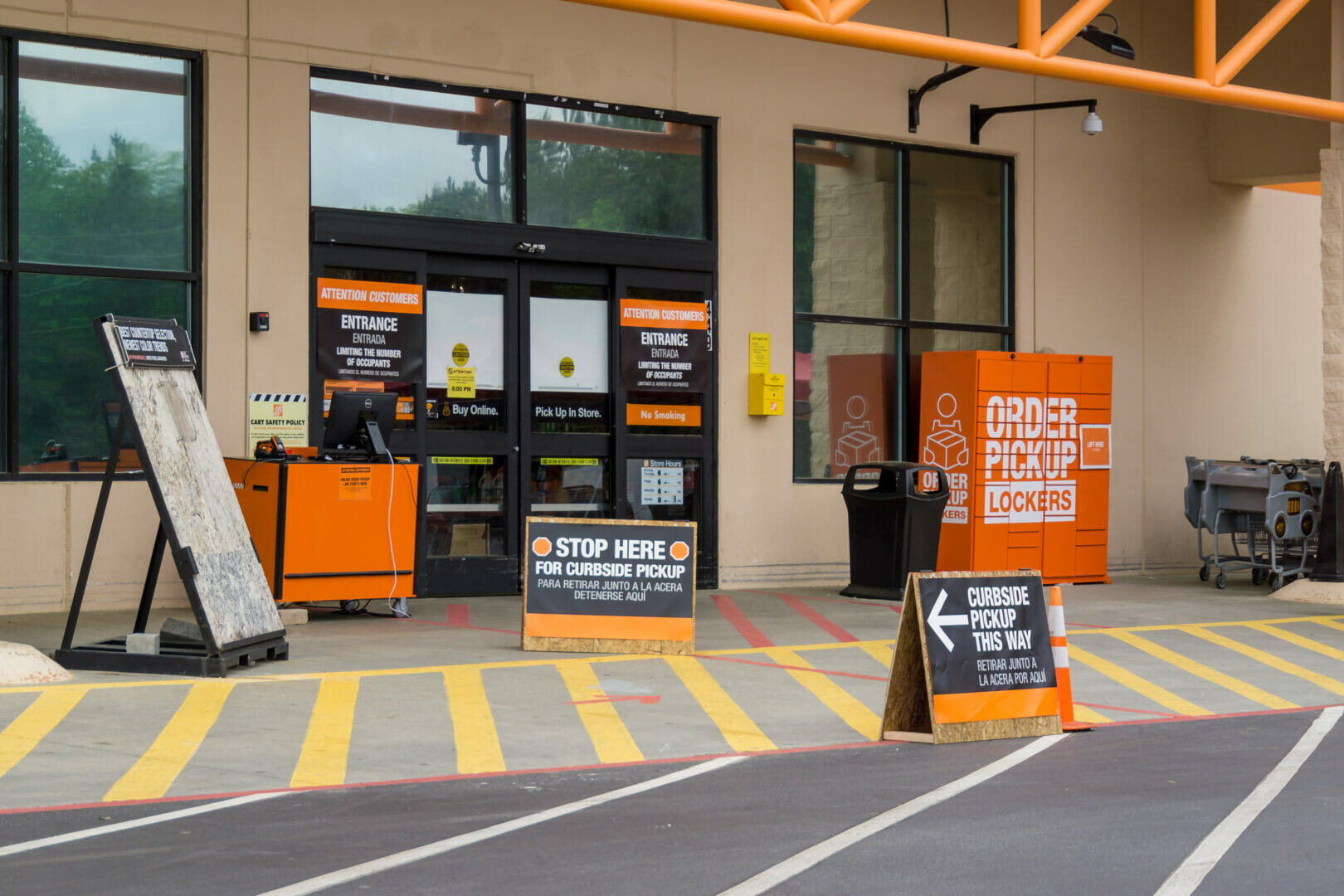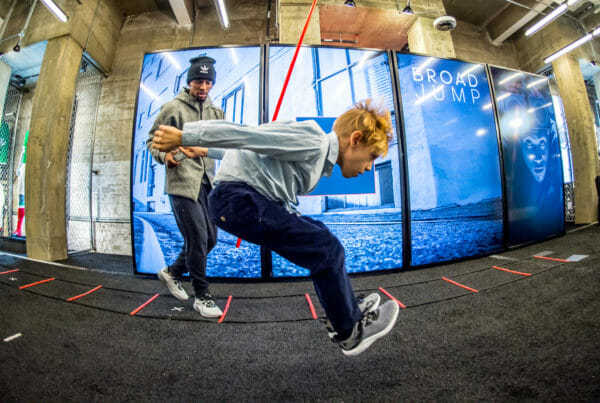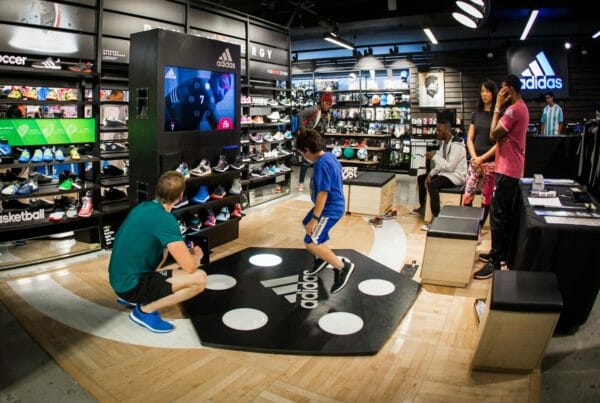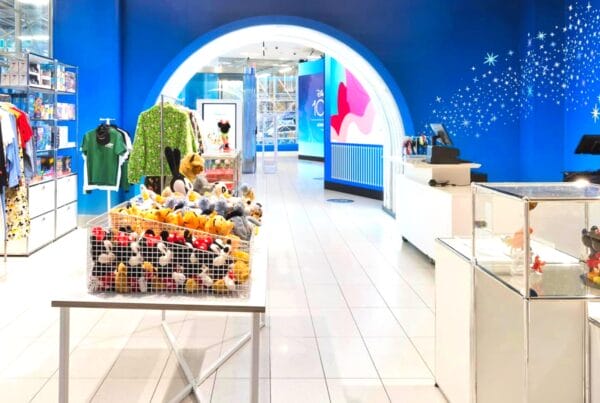The retail sector has faced numerous challenges and opportunities over the past couple years. As retail overall continues bouncing back from pandemic stressors, retail tech is leading the recovery.
Here are 4 tech trends helping retail bounce back that every retailer should be aware of.
Augmented Reality Helps Customers Visualize Products (and Can Help Staff Too)
Augmented reality (AR) is finally about more than just Pokémon Go and other gaming scenarios. AR applications are starting to materialize in the retail sector and have the potential to greatly enhance the customer journey.
Several furniture retailers, including Wayfair and Ikea, have rolled out AR apps that can digitally place furniture in customers’ homes in space-accurate presentations, helping customers visualize what a piece will look like and whether it will fit.
Speaking of fitting, some clothing retailers are doing similar things with virtual fitting room technology, enabling both faster in-person shopping experiences and more accurate online purchases, lowering return rates and increasing customer satisfaction.
On the employee front, AR apps are empowering frontline retail employees to more accurately build out planograms and even locate obscure items in large warehouse store environments.
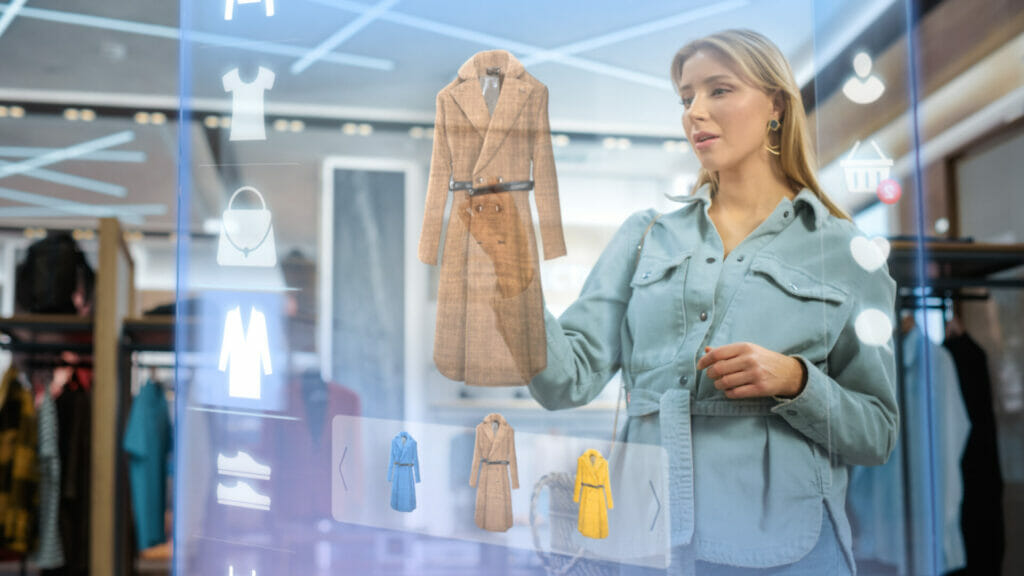
Voice and Text-Based Commerce (and Other Nontraditional Methods)
One interesting trend we’re seeing more of is actual complete sales transactions taking place over text messages or even via voice assistant. These scenarios all require some front-end configuration from the end-user (and plenty of backend support from retailers and their tech partners).
The gist of this trend is that customers can place orders from smart home devices just by talking to them, with Walmart’s Voice Ordering system being a prime example. Or, in text-based channels, users who have previously bought an item can reorder that item or others from a curated list that retailers provide, directly from a text message thread — no separate apps required.
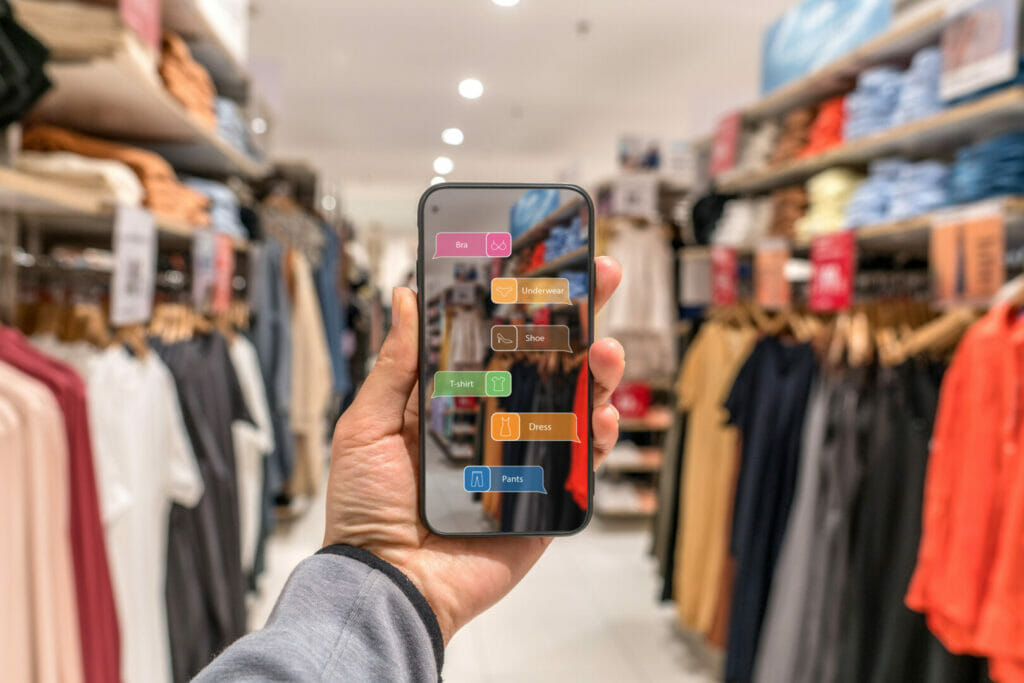
Greater Adoption of Indoor Positioning Systems
Indoor positioning systems, or IPS, aren’t exactly a new development. They’ve been in place for several years, helping customers position themselves inside spaces like dense retail developments where GPS isn’t so reliable.
Retail applications can be complex, so it’s not surprising that most adopters are larger chains like Lowe’s and Target. But the benefits of these systems are greater than simply helping your customers know where they are.
IPS systems have the ability to track customers and can serve up targeted offers related to the user’s location. Tied into other customer data, these recommendations can even be tailored based on a user’s purchasing history.
Further, IPS implementations can give stores better data on customer traffic and flow, which can then be used to tailor how the store is laid out or where high-value items are presented.
Ecommerce, BOPIS, and Other Flexible Sales Scenarios Drive PoS Upgrades and New Tech Adoption
The pandemic has sent certain technologies and consumer buying trends through the roof. Concepts like buy online, pick up in-store (BOPIS), curbside pickup, and other more flexible sales scenarios aren’t new, but the pandemic sent them from niche to widespread.
As retailers pivoted to meet the demands of the moment, many smaller or independent retailers cobbled together a strategy to offer more flexible sales scenarios to customers. These systems weren’t always well aligned, however. And many had intensely manual processes baked in (such as a call-in curbside ordering method where a human salesperson answered every call and then prepped the resulting orders).
Now, as consumer behavior appears to be forever changed, it’s time for retailers to put in place stronger, more cohesive long-term strategies and technology to continue meeting these demands.

One place this has shown up is in the adoption of newer, more powerful, more agile POS terminals and platforms, as well as better back-end systems for maintaining inventory across sales channels.
Many newer POS brands offer an all-in-one experience that’s more than sufficient to meet the needs of smaller retailers. These systems offer inventory tracking and management, cross-channel sales, promotions, loyalty programs, and more.
Retailers with more complex needs or who need more flexibility may benefit from a custom-built system utilizing the best in tech from multiple platforms or vendors.
Bluewater Helps Retailers Thrive with Better Retail Tech
Bluewater has been serving retailers by providing best-in-class flexible AV installations that attract eyeballs, drive traffic, and grow sales. We can help you, too. Reach out today to find out what Bluewater can do for your digital signage and brand activation needs.


